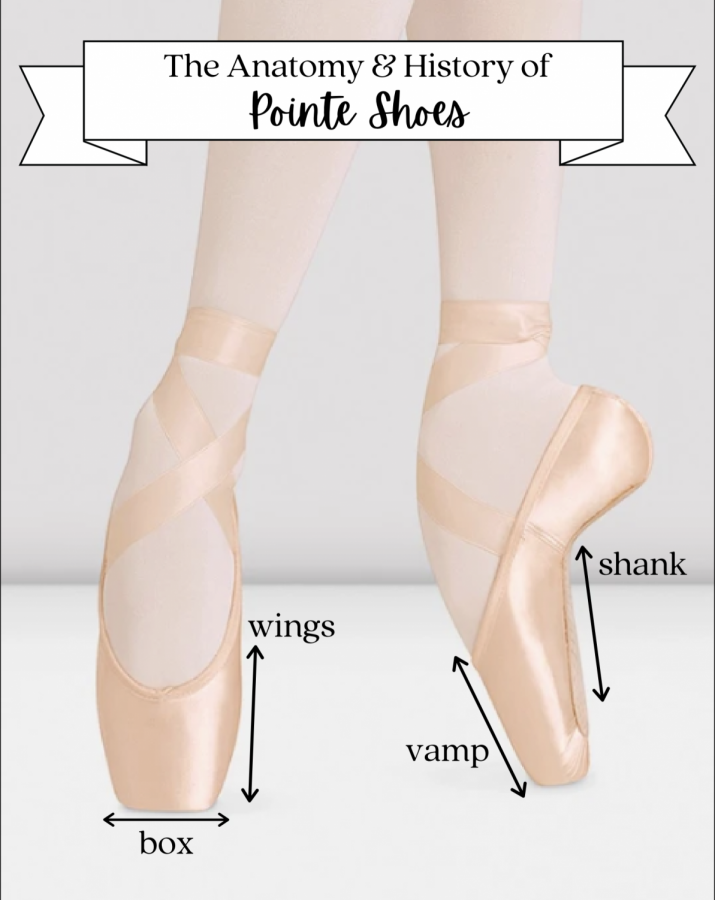THE ANATOMY & HISTORY OF POINTE SHOES
From the 19th century to modern day
Back in the 19th century, Marie Taglioni changed the ballet world with a pair of shoes. Ballet was evolving as heels were being exchanged for satin slippers, ballerinas were lifted off the floor and onto their toes using strings, and leaps were becoming more common as the dancers seemed to float. Marie was evolving right along with the rest of the ballet world. In La Sylphide, Marie debuted her darned satin shoes, which was the start of the modern day pointe shoe we know today. Her shoes were nothing more than satin slippers with an extra layer of thread sewn on top, enough to get her up onto her toes and right back down. The ballerinas of that time relied solely on ankle strength to hold them up.
Fast forward to the modern day shoe and we see just how much Marie’s invention has evolved. Standard pointe shoes are made of wood, paper, or cardboard, and break down over time. They are squared, not rounded, which allows the ballerina a small platform to balance all her weight on. The shank is the back of the shoe, which is where the arch support is. This piece allows the ballerina to stay on her shoes for lengthy periods of time without needing to come back down. The wings of the shoe are on the sides by the toes, and these provide support in the lower half of the foot. And lastly, the top of the shoe is called the vamp. Many dancers have preferences on how long or short their vamp is. It all depends on her foot shape and needs.
Ballerinas don’t leave their shoes alone though- in addition to there being hundreds of different shoes and spending years trying to find a good fit, ballerinas customize their shoes once they have been bought. I personally break the shank at the top of my arch, step on the box to soften it, soften the vamp, and then glue the shoes with jet glue.
When people think of ballet, they see dancers in tutus with pointe shoes on their feet. From Marie’s darned shoes to our modern day wooden shoes, pointework has evolved just like ballet. Thank you, Marie!

Hi! My name is Susannah and I’m a sophomore at iUP. This is my first year with the school, and my first year on iHoot, but my third year writing for...







